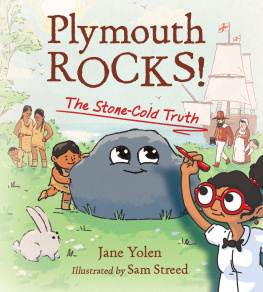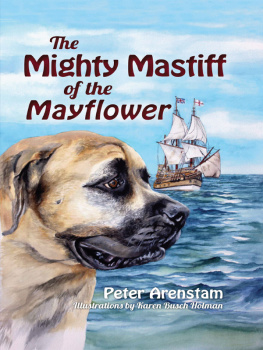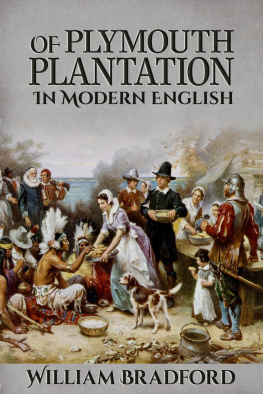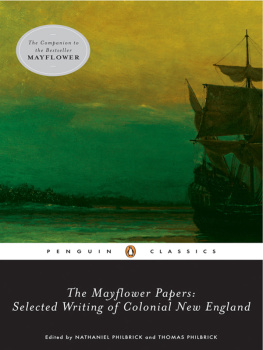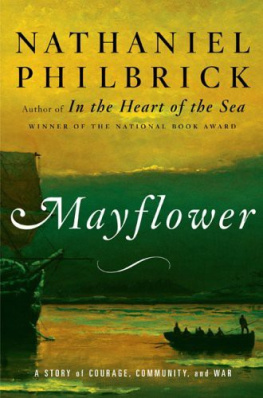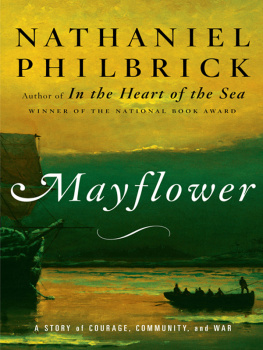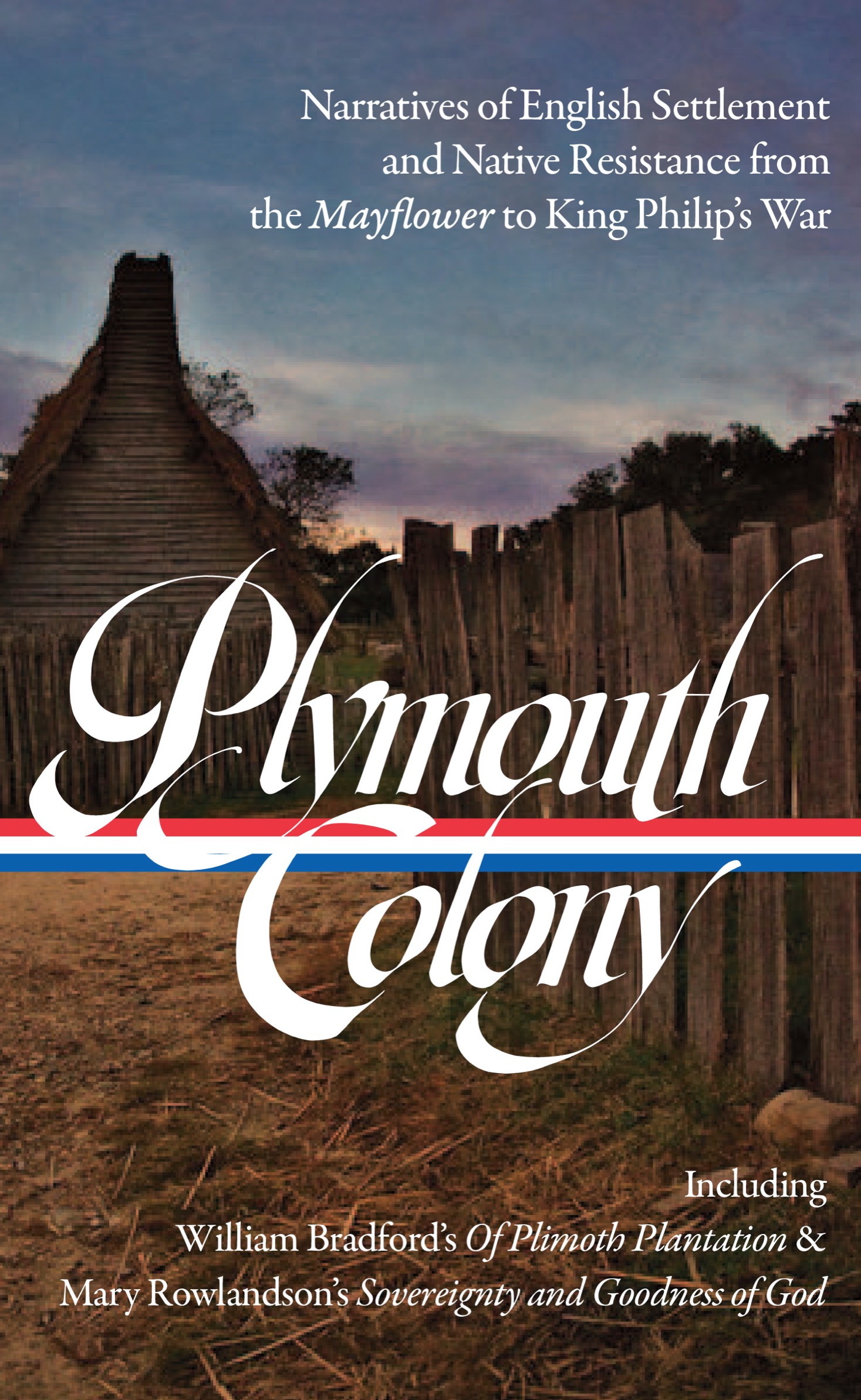INTRODUCTION
PLYMOUTH IN PATUXET:
A REORIENTATION
PATUXET, WAMPANOAG HOMELANDS
Before there was Plymouth there was Patuxet, says Styum Vernon Lopez of the Mashpee Wampanoag Tribe, the narrator of the Our Story: 400 Years of Wampanoag History multimedia exhibit. This traveling exhibit was created by Mashpee journalist and filmmaker Paula Peters in collaboration with other members of the Wampanoag nation for Plymouth 400. Plymouth is often mythologized as the origin place and origin story for the United States, and with the 2020 anniversary of the Plymouth colonists settlement, these origin stories are once again being circulated and celebrated. However, as Styum Lopez reminds us, Plymouth was founded in Patuxet, within the Wampanoag homelands, which included over sixty communities at the beginning of the seventeenth century.
The word Wampanoag refers to the land of the east, the place where the sun rises, and to the original people of this place, sometimes called the Dawnland. This volume seeks to shift orientation, asking us to view transatlantic travel and colonization from the perspective of the Wampanoag coast and to reconsider the location(s) of where we are when we think of Plymouth, Massachusetts, and the United States. This means questioning the idea of providence, which the Plymouth settlers carried with them, and its relationship to a westward-moving manifest destiny for the United States as a nation. This process of understanding the complex history of Indigenous people and European colonization is ongoing; it is anything but settled. Like the Wampanoag traveling exhibit Our Story, this volume seeks to embed readers in that process of understanding, through deliberation and engagement with primary texts. The book includes a vast array of writings from multiple points of view, but also highlights Indigenous voices and perspectives, to give a multifaceted view of Plymouth Colony within Wampanoag homelands, of New England as a place and concept constructed both in and in conflict with Native space.
The arrival of Plymouth settlers is but a small moment in the longer narrative of Wampanoag history and the history of the continent. Traditional stories contain knowledge of the glaciers that shaped this land, the great waters that flooded then receded, the lands that are now covered by ocean, and the great transformer beings, like Moshup and Squannit, who embody the forces that shaped them. Moshup taught Wampanoag people to hunt whales in their ocean home, to fish the oceans and rivers, to sustain themselves and the waters. Traditional ecological knowledge, geological knowledge, and collective historical memory are lodged in such stories, continuing in Wampanoag communities today. These narratives show that technological innovations like snowshoes and canoes enabled long-distance travel, on land, waterways, and sea, fostering trade and diplomacy. Indigenous stories also contain knowledge about the arrival of corn from the southwest, along with sustainable horticultural techniques and technologies.
Long before European settlers arrived, planting had been the domain of Indigenous women, and they derived power from their ability to feed their extended families and to sustain the fertility of the land over centuries. Oral traditions and annual ceremonies recognized the power of women and their relationships to the plants they cultivated as sacred. European voyagers, like Giovanni da Verrazzano, Samuel de Champlain, and John Smith, who traveled the Wampanoag coast in the sixteenth and early seventeenth centuries, testified to these abundant fields. They witnessed flourishing populations of diverse fishincluding salmon, shad, sturgeon, striped bass, herring, and codin the ocean, tidal wetlands, and rivers, as well as shellfish, including lobster, so prevalent it could be scooped up by swimmers and used for bait as well as food. The voyagers also described open, parklike forests of oak, chestnut, and elm, which Indigenous men managed through selective cutting and controlled burns. This cultivated abundance, combined with a wide network of trade and distribution, enabled a balanced social and ecological environment. The arrival of English settlers brought more invasive agricultural technologies and techniques, such as plowing, monocrop planting, and animal husbandry, as well as logging of the massive indigenous oaks and pines. Combined with an economic system of commodification, colonization caused a major disruption of an agricultural and social system that had sustained communities for countless generations.
PLIMOTH PLANTATION
In his essay Of Plantations (1625), English philosopher and political leader Francis Bacon wrote, I like a plantation in a pure soil; that is, where people are not displanted, to the end, to plant in others. For else it is rather an extirpation, than a plantation. When a small group of English religious dissenters met with merchants in London and Southampton in 161920, they envisioned a plantation in pure soil, where they would not face the taint of popish corruption, of which they accused the Church of England. They also hoped to avoid corruption by a foreign culture, which they feared among the Dutch in Leiden, the Netherlands, where they had taken refuge.
The plantation these Englishmen envisioned held many connotations. The word itself transformed with the colonization of the Americas and the confiscation of lands in Ireland. When the group of dissenters (also called Separatists) and the Adventurer merchants who funded their expedition were granted a patent for a plantation, the granters understood this to mean a colony, a settlement that would represent English dominion and domination, as well as a company of planters in a conquered place. The words plantation and planters also had religious connotations that the Separatists embraced. Just as they would use plows to sow seeds in the spring, God, in their view, would make them instruments of his will, cultivating a pure plantation in a place he had cleared. Planting a church and cultivating a community of planters was a major motivation for the Separatists who traveled to Patuxet, under the legal authorization of a patent for a plantation in Virginia and then New England.
The Separatists imagination of cleared ground in what John Smith called New England was only possible because by 1620, the Indigenous population had been devastated by epidemic disease. The dissenters knew of English voyager Thomas Dermers recent report that the coastal land they were sailing toward, not long since populous, was now utterly void of inhabitants. When Samuel de Champlain had traveled the Wampanoag coast, fifteen years before the English Separatists, his French sponsors were considering this area as a site for a trading settlement, noting the bounty of the land. However, witnessing the large Indigenous population, and noting the potential for conflict, Champlain and his sponsors decided that Port St. Louis, their name for Patuxet, was not a suitable location. Only after the epidemics of 161619 did settlement seem possible. Although astounding numbers of Indigenous people died of the sweeping illnesses carried by European merchants, traders, and fishermen, many survivors moved inland, often joining other kin; however, these towns were unseen by European sailors, who stuck mainly to the shore. Thus, Dermer reported that the abundant fields, witnessed by Champlain and Smith, had been cleared, offering the possibility to his fellow Englishmen of planting in pure soil.
The Separatists who arrived in Patuxet in November 1620 envisioned a plantation in the midst of this fertile, unobstructed ground, carrying domesticated animals and grains on their ship. Although they had originally planned to voyage farther south, they landed in Wampanoag territory, first at Nauset on Cape Cod, and then at the cove that John Smith had named Plimouth, after a southern port in England. They arrived at a place of death and desolation, at the beginning of the winter season, and the majority of them remained aboard their ship through the first several months, barely touching ground. Wampanoag people who had survived the first epidemic waves observed them at a distance.


